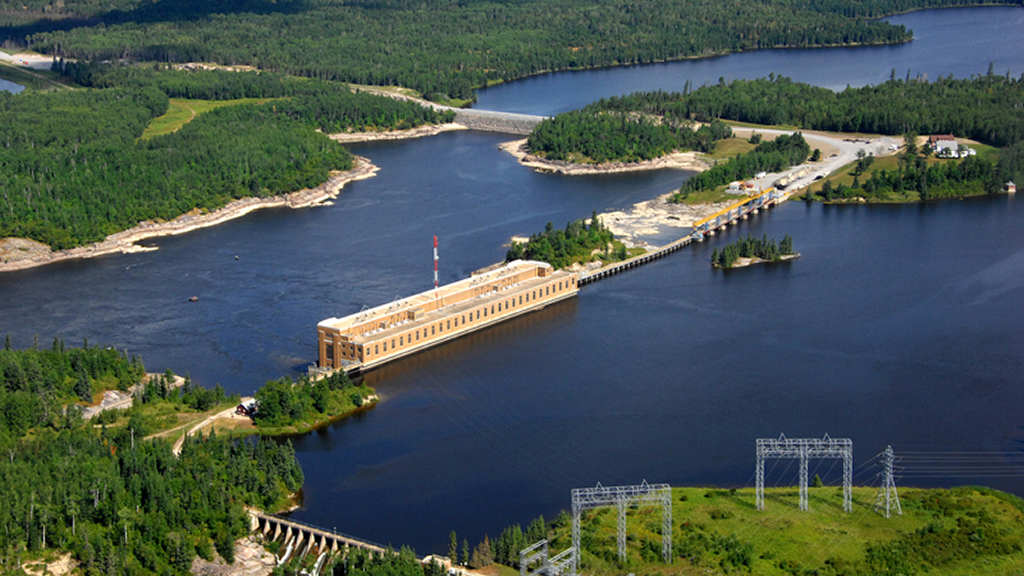Two of CanadaŌĆÖs prairie provinces are predicted to see growth, albeit in slightly different ways, with major projects and homebuilding anything but flat, reports BuildForce CanadaŌĆÖs for Manitoba and Saskatchewan.
But hurdles on the employment front will remain, with unique challenges for each.
It should be noted the investment trends and employment projections by BuildForce were developed with industry input prior to the emergence of potential trade tensions between Canada and the United States.
The forecast does not take into account the possible impacts of tariffs.
Manitoba investment activity ŌĆśto increase notablyŌĆÖ
┬ķČ╣┤½├ĮĖ▀ŪÕion activity saw a slight gain in 2024 for Manitoba, with growth in the non-residential sector outweighing a slight contraction on the residential side.
A number of significant projects in the utilities sector as well as several major roads, highways and bridges projects, and work in the health care, education and commercial sectors, helped spur the increase. Meanwhile, investment in the residential sector contracted for the third year in a row as interest rate pressures dampened demand, the report notes.
With that said, the outlook states activity will make a notable increase in both sectors across the forecast period.
For residential, declining interest rates are expected to help drive investment in new housing to an elevated level by 2028; thereafter, renovations drive investment. Meanwhile the non-residential sector is still projected to be driven by utility and ICI projects.
On the employment side, by 2034, the residential sector increases by nine per cent above 2024 levels, while non-residential ends the decade nearly 26 per cent above.
ŌĆ£BuildForce Canada is tracking a long list of non-residential projects in Manitoba that will elevate investment levels to 2034,ŌĆØ says Bill Ferreira, executive director of the association. ŌĆ£The challenge for the industry will be keeping pace with the employment demands this activity creates. Many trades and occupations experienced tight labour-supply conditions coming into the forecast period. The expected retirement of nearly 1,000 workers annually over the decade could complicate these pressures.ŌĆØ
ManitobaŌĆÖs construction industry may need to hire as many as 19,400 individuals over the forecast period. As many as 9,800 workers are expected to retire by 2034.
However, the province is unique in that it has a population base that is younger than the national average, which should benefit the industry. As many as 11,500 workers from this group are expected to enter the industry by 2034, leaving a gap of about 7,900 workers that will need to be recruited from outside the local labour force.
╠²
Saskatchewan non-residential edges downward from recent highs
BuildForce has highlighted both components of SaskatchewanŌĆÖs construction sector reported growth in 2024, but the forecast mainly calls for steady increases in residential going forward, which will help offset a moderate contraction in non-residential construction.
Demand is strongest for new housing, as starts for both single-detached and multi-unit dwellings rise in response to a young and growing population. Renovation growth is more modest.
Non-residential declines slowly from its 2024 starting point into the early 2030s.
ŌĆ£Activity slows in both the engineering construction and ICI buildings components but is underpinned by work on the Jansen S2 Potash Mine Development project,ŌĆØ the report notes. ╠²
ŌĆ£These trends combine to elevate overall construction employment in the province. A gain of 20 per cent in the residential sector more than offsets a contraction of just under four per cent in the non-residential sector.ŌĆØ
Warren Douglas, executive director of the ┬ķČ╣┤½├ĮĖ▀ŪÕion Labour Relations Association of Saskatchewan Inc., states there are several variables for the residential boom.
ŌĆ£The combination of a comparatively young population, high levels of in-migration, and a more affordable cost of living relative to other provinces has created strong demand for residential construction in Saskatchewan,ŌĆØ he says. ŌĆ£WeŌĆÖre seeing these factors combine into the middle years of our forecast scenario to really elevate demand for new housing construction.ŌĆØ
Meeting rising demands and replacing retiring workers will require the industry to recruit an estimated 10,700 workers over the forecast period, BuildForce states. Some 9,000 workers, or 23 per cent of the 2024 labour force, are anticipated to retire.
ŌĆ£Saskatchewan is fortunate to have a population that is generally younger than the national average and therefore better equipped than most provinces to withstand the coming generational shift,ŌĆØ explains Ferreira. ŌĆ£BuildForce expects that as many as 9,300 new-entrant workers under the age of 30 will join the construction labour force from the local population. This could leave the industry with a shortfall of 1,400 workers that it will have to recruit from outside traditional channels.”



Recent Comments